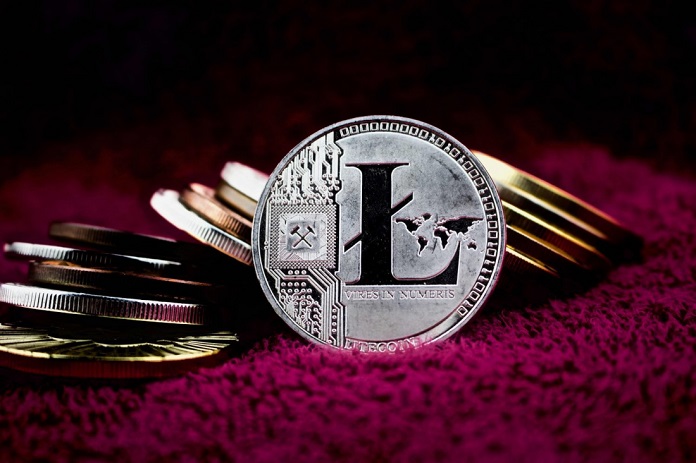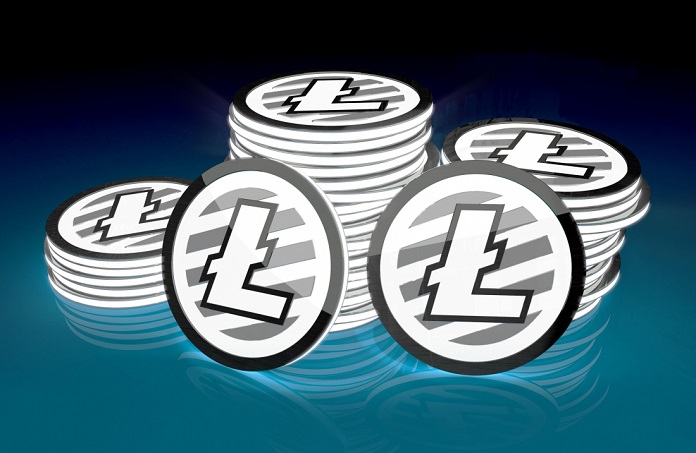Analyzing factors like scarcity, transaction fees, and market trends, we unveil the significance of this process for investors and the overall crypto ecosystem. The bitqt trading platform is a digital currency exchange where people can trade bitcoins for other types of currencies.
Scarcity and Coin Burning
Scarcity plays a pivotal role in determining the value of Litecoin (LTC) in the cryptocurrency market. The concept of coin burning directly ties into this notion of scarcity. As more coins are burned, the total supply of Litecoin decreases, which can create a sense of scarcity among investors. This perceived scarcity often leads to increased demand for Litecoin, driving its price higher.
Coin burning is a deliberate and controlled process, ensuring that a specific amount of Litecoin is permanently removed from circulation. The idea behind this mechanism is to reduce the overall supply, making the remaining coins rarer and theoretically more valuable. By decreasing the available number of Litecoins, burning can influence the coin’s market dynamics and potentially boost its market value.

However, while burning may enhance scarcity and create a positive impact on the coin’s value in the short term, it also raises some concerns. Excessive or unchecked burning could lead to an overly scarce supply, which might make it impractical for daily transactions and utility purposes. Striking the right balance is essential to maintain a healthy ecosystem that encourages both investment and real-world usability.
As the burning mechanism continues to be implemented and its effects on scarcity are closely monitored, understanding its implications becomes increasingly important for investors and the broader cryptocurrency community. Evaluating the relationship between scarcity and coin burning is crucial in comprehending Litecoin’s long-term market performance and its position within the ever-evolving crypto landscape.
Transaction Fees and Burning
Transaction fees form an integral part of the cryptocurrency ecosystem and play a significant role in the burning mechanism of Litecoin (LTC). When users conduct transactions on the Litecoin network, they are required to pay a small fee to miners who validate and add the transaction to the blockchain.
As part of the burning process, a portion of these transaction fees is intentionally destroyed or “burned.” This means that the fees paid by users do not go to any specific recipient; instead, they are permanently removed from circulation. The burning of transaction fees has a dual purpose: first, it helps regulate the overall supply of Litecoin, and second, it incentivizes users to hold onto their coins rather than engage in frequent or unnecessary transactions.

The burning of transaction fees can influence the dynamics of the Litecoin network. As transaction volumes increase, the amount of fees burned also rises, potentially leading to greater scarcity and higher demand for Litecoin. On the other hand, during periods of low network activity, the burning rate may decrease, allowing for a more gradual adjustment of Litecoin’s supply.
However, it’s essential to strike a balance in setting transaction fees and the burning rate. If transaction fees become prohibitively high, it may discourage users from conducting transactions, affecting the network’s usability and adoption. Conversely, if transaction fees are too low, the burning mechanism may not be as effective in controlling the coin’s supply, potentially leading to inflationary pressures.
Market Trends and Speculation
Market trends and speculation play a significant role in shaping the burning activity of Litecoin (LTC). As with any other cryptocurrency, Litecoin’s price and demand are influenced by market sentiment and investor speculation. When positive market trends emerge, such as increased adoption, positive news, or a bull market, investors may be more inclined to hold onto their Litecoins, anticipating potential price appreciation.
During periods of bullish market sentiment, the burning of Litecoin may decrease. Investors may be reluctant to part with their coins through burning, as they believe that holding onto them will lead to greater profits in the future. Speculative behavior often leads to a reduced burning rate, which can impact the overall scarcity of Litecoin in circulation.
Conversely, during bearish market conditions or periods of uncertainty, the burning of Litecoin might increase. Investors may choose to burn their coins as a strategic move to reduce the circulating supply and potentially counteract the downward price pressure. By creating artificial scarcity through burning, investors hope to create a positive impact on Litecoin’s price performance and overall market perception.
It’s important to note that while market trends and speculation can influence burning activity, they can also lead to volatile price movements. Sharp increases or decreases in the burning rate may result in rapid price fluctuations, making Litecoin a more speculative investment for traders.
Conclusion
The interplay between scarcity, transaction fees, and market trends influences Litecoin’s burning rate, impacting its value and market perception. Understanding these factors is vital for Litecoin’s sustainable growth and its role in the dynamic cryptocurrency landscape.
